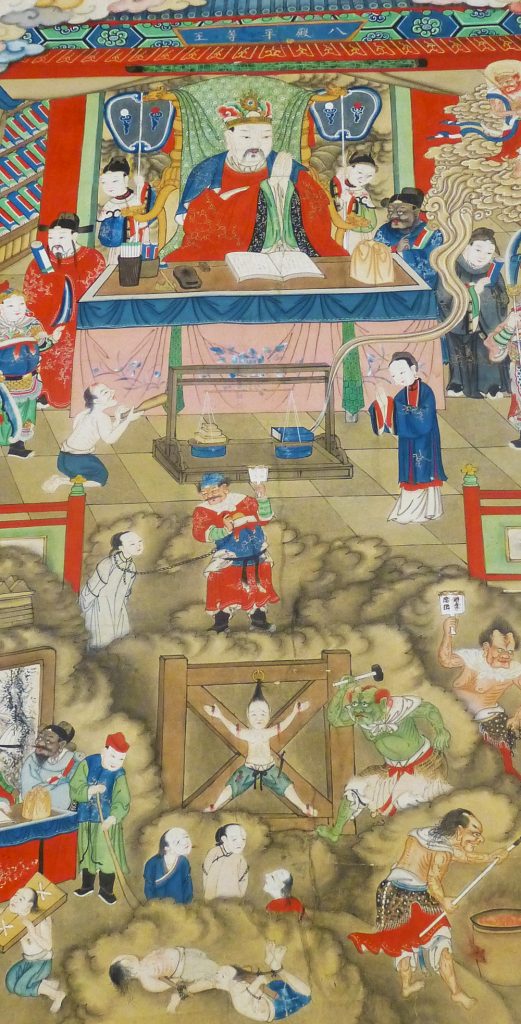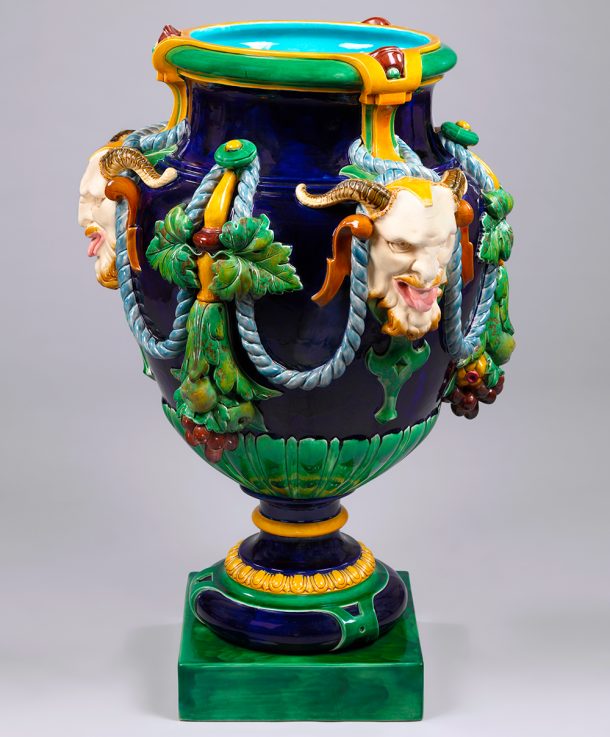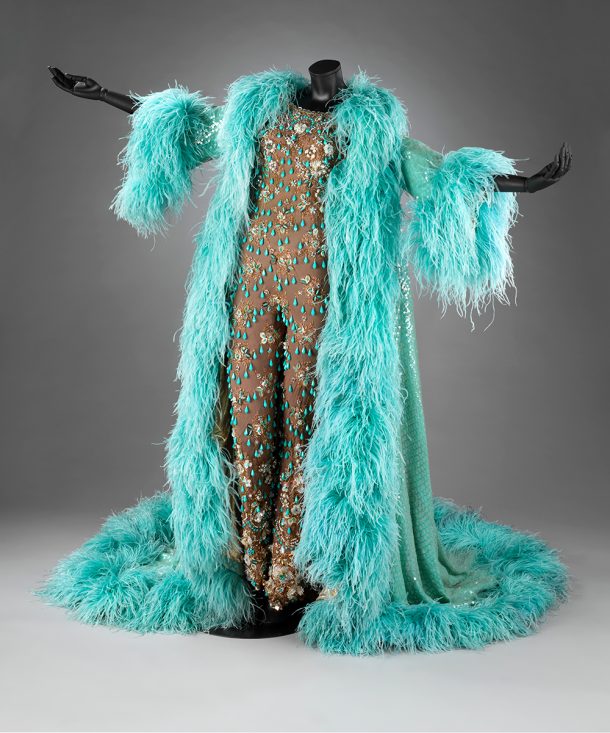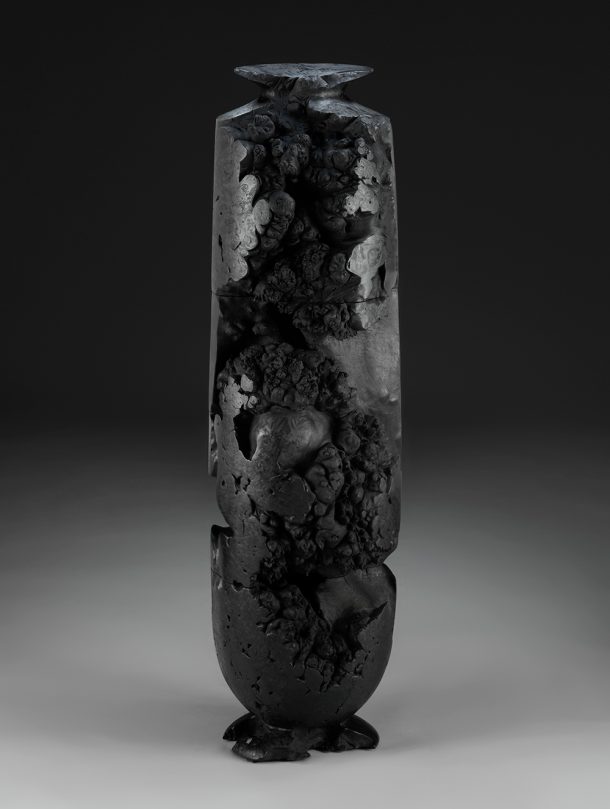This week we’re diving into Episode 4, which showcases a striking new acquisition from contemporary female sculptor Eleanor Lakelin, and goes behind the scenes in our Conservation studios to shine a light on three very different techniques.
Straight in at the deep end, we begin by seeing the extraordinary lengths that Senior Paper Conservator Susan Catcher goes through, as she takes on an extremely delicate Chinese painting. One of a series of ten hand painted scrolls titled “The Ten Kings of Purgatory”, this gruesome scene was in need of new lining paper and some serious attention after 150 years of being rolled up in storage.

The cleaning process had us all on the edge of our seats: Susan followed a traditional method used by Chinese masters which involves covering the painting in hot water – essentially giving it a bath! With nerves of steel, we see her work through some pretty tense moments as she completes the whopping 18-month conservation process. You can now see the enormous painting on display in our China galleries. A fact that stuck with me was that the 200-year-old paper had a “cheesy smell”, which leads us aptly onto the V&A café…
Believe it or not, the V&A was actually the world’s very first museum to have a café! It’s here that we find three rather hungry looking satyrs (mythological half-man half-goat creatures), adorning a boldly coloured Minton vase, now on display in the newly refurbished space. Don’t know about you, but I wouldn’t fancy bumping into them after hours!

The majolica vase was considered the height of Victorian fashion when it was made in 1883. Fittingly dedicated to the God of wine, Bacchus, his mythological companions needed to undergo thorough cleaning before being shown in the café. Conservator Sophie Croft gently lifts dust, and even gives one of the creatures a snazzy face mask to remove areas of dirt, restoring the object to its former grandeur. Find out more about other unique and eye-catching objects in our Ceramics Collection.
Hungry for more conservation? You’re in luck. Senior Textile Conservator Susana Fajardo (who over the last year has become a bit of a V&A YouTube celebrity after featuring in our ASMR films) has been back working her magic. This time she’s focussed on a spectacular (and very delicate) catsuit worn by Dame Shirley Bassey.

The catsuit, which features on the Diamonds are Forever album cover, had been worn repeatedly from the late 1960s to the 1990s. Susana painstakingly resews beads and repairs holes, bringing this much-loved outfit back to life. You can see it (paired with an incredible turquoise feathered evening coat) in Room 106 of our Theatre and Performance galleries.
Finally, we see an object which isn’t quite what it seems. At first glance this looks like ancient pottery, but on closer inspection, it’s actually a sculpture made of wood! Carved in 2020 from a horse chestnut tree which was felled due to decay, Eleanor Lakelin’s Echoes of Amphora: Column Vessel brings together the past and present, nature and culture.

It’s mesmerising to watch Lakelin’s process as she excavates the surface bark to reveal rich textures and formations that have never been seen before. If you’re finding all this wood carving as satisfying as I am, you might also enjoy seeing a block of wood transformed into what looks like delicate lace, as carver Clunie Fretton recreates Grinling Gibbons’ famous limewood cravat in our ‘How Was it Made?’ video.
Watch Secrets of the Museum: Series 2, Episode 4 on BBC iPlayer.


